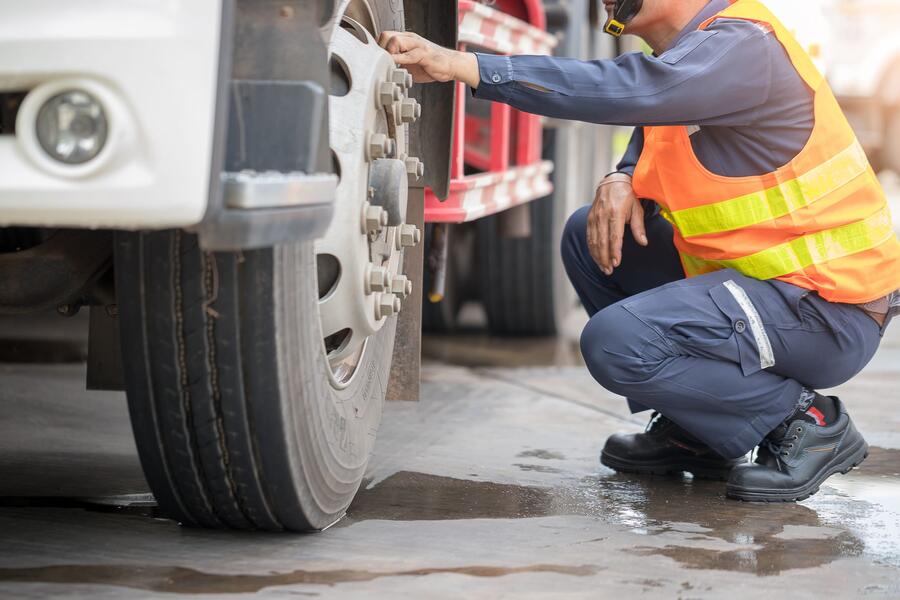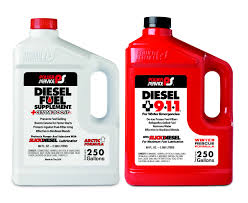The Drivers Daily Inspection is part of a driver’s daily responsibility to protect themselves, the motoring public, and the equipment they operate. But does your driver know the difference between a “defect” and a “safety sensitive” defect?
Drivers and technicians should understand the Federal Motor Carrier Safety Regulations contained in CFR 399 Appendix G that defines “safety sensitive” defects that would render the unit out of service during a pre or post-trip inspection.
Here is the Guidance for FMCSA CFR 396.11:
Question 6: Does §396.11(c) require a motor carrier to make repairs of all items listed on a DVIR prepared by a driver before the vehicle is subsequently driven?
Guidance: The motor carrier must make repairs of defective or missing parts and accessories listed in Appendix G to the FMCSRs before allowing the vehicle to be driven.
The Drivers Daily Inspection Processes are a requirement of the Federal Motor Carrier Safety Regulations to ensure the vehicle is in safe operating condition.
A crucial part of each driver’s daily operation is to inspect the commercial vehicle they are operating. Two inspections of the commercial vehicle is required daily. Over the years there has been confusion regarding pre and post trip inspections. Let’s start with the pre-trip inspection. FMCSA regulations CFR 396.13 state that before driving a motor vehicle, the driver shall:
(a) Be satisfied that the vehicle is in safe operating condition.
(b) Review the last driver vehicle inspection report; and
(c) Sign the report, only if the driver who prepared the report, to acknowledge that the driver has reviewed it and that there is a certification that the required repairs have been performed, noted defects or deficiencies. The signature requirement does not apply to listed defects on a towed unit, which is no longer part of the vehicle combination.
Does the pre-trip inspection need to be documented? Although the pre-trip is not required by regulation to be documented, it is a good idea to document the inspection; I recommend that the pre-trip inspection be “flagged” on the driver’s record of duty status in the “Grid” section.
Now let’s look at the post trip inspection. The FMCSA CFR 396.11 requires that every driver complete a post trip inspection at the end of their tour of duty. As of December 18th, 2014, the post trip is only required to be documented if there are defects or safety concerns. The inspection shall cover the following parts and accessories:
(a) Service brakes including trailer brake connections.
(b) Parking (hand) brake
(c) Steering Mechanism
(d) Lighting devices and reflectors
(e) Tires
(f) Horn
(g) Windshield Wipers
(h) Rear vision mirrors
(i) Coupling devices
(j) Wheels and rims
(k) Emergency equipment.
The report shall identify the vehicle and list any defect or deficiency in the vehicle that would affect the safe operation of the vehicle or cause a mechanical breakdown. If there are no defects or deficiencies a written daily vehicle inspection report in writing is not required. You as the motor carrier have the authority to go above and beyond the regulations and require your drivers to document the post trip inspection daily with or without defects.
Now if there are safety sensitive defects or deficiencies noted by the driver the motor carrier is required to correct or cause to have corrected the defects or deficiencies of the CMV prior to allowing or permitting the operation of the vehicle.
Does this mean all defects and deficiencies must be corrected?
NO, only those safety sensitive defects as outlined in appendix G of the FMCSR that would directly affect the safe operation of the CMV. Technicians, drivers, and service managers should all become familiar with appendix G to determine which defect/deficiencies must be corrected immediately and which can be held off until the next PM or later date. Once the defect /deficiency(s) have been corrected the original DVIR is required to be “certified” as corrected or that the correction was unnecessary. The DVIR is then to be signed by the repairing technician. The “certification” is required to be on all copies of the DVIR. The driver is to retain the previous days DVIR on the CMV and the motor carrier is required to maintain all DVIRs for ninety days.
If you have not reviewed appendix G of FMCSA CFR 399 with your drivers, I would recommend that you include this information in your next driver safety meeting.
Here is the link to Appendix G:
Are You Prepared for the Artic Temperatures Blanketing the Country Next Week?
I know we addressed this before, but it is worth repeating and reviewing with your drivers again, as I sit here writing this bulletin watching snowflakes hit my window and wind chills at -30. This week the Midwest is getting its first dose of measurable snow and subzero temperatures. The front will bring cold temperatures as far south as Georgia. So, it is a good time to review with your drivers how to take care of their fuel during these times.
- Diesel supplement should be added to the ultra-low sulfur diesel fuel when temperatures drop below 32 degrees.
- If you truck is equipped with an engine block heater it should be plugged in when the temperature is below 32 degrees. Trucks that are not utilized should be started and let run every day to bring the unit up to normal operating temperature.
- Initial startup procedure should be as follows: Complete pre- trip of unit, unplug block heater, turn ignition switch to on, and wait for glow plug lights to go out, start engine, leave engine run until engine operating temperatures increase.
- For trucks equipped with air brakes, drivers should purge air tanks daily. If the unit is equipped with an air drier, bringing the PSI to 120 will automatically purge the system.
- If you are driving in snow, ice, slush, rain, etc., before parking the unit for the day you should lightly apply the brakes while the unit is moving to dry the brake shoes, drums, rotors and pads so the brakes do not freeze while parked.
- Make sure windshield washer solvent is full and that all windows are clean.
- Remove any ice-snow build up from steps and grab handles to prevent a slip or fall.
When parking the unit make sure if heavy snow is forecast that the unit is not left parked in an outside dock or near a building overhang. Snow can drift off the building causing excessive accumulation on the top
Fuel Additive Use during Cold Weather Conditions
As colder weather approaches you need to use fuel additives to prevent fuel jelling. Fuel additive should be added anytime the ambient temperature is below 32 degrees F. Power Service and Penray are popular manufactures of fuel additives and both companies have two different products available through Navistar and Idealease locations.
Power Service:
-The "Red Bottle" is Power Service 911 and is to be used only when the fuel in a unit has been jelled and NOT TO BE USED AS A PREVENTATIVE MEASURE TO KEEP FUEL FROM JELLING!
-Power Service Diesel Fuel Supplement + Cetane "White Bottle" is to be added to the fuel at each fill when the ambient temperature is < 32 degrees F.
-This is the additive you should use on a regular basis during the winter months.
Penray:
Winter Thaw Emergency Diesel Fuel Supplement
Dissolves already gelled fuel fast and reduces clogging of fuel filters. Prevents ice crystal build-up in fuel lines and filters by disbursing moisture.
Eliminates hard starting, pounding, excessive smoking and helps improve combustion. 100% compatible with low sulfur fuel and fuel blends.
Here again, Winter Thaw Emergency is ONLY TO BE USED WHEN THE FUEL IS ALREADY JELLED!
Winter Pow-R Plus Diesel Fuel Supplement
ULSD compliant. Prevents gelling of diesel fuel. Prevents ice crystal formation. Reduces cold filter plug point b as much as 30ºF. Helps enhance cetane. Helps improve fuel economy. Utilizes HAFI® technology. Improves cold weather starting. Stabilizes and prevents corrosion. Helps reduce emissions. Helps improve lubricity.









